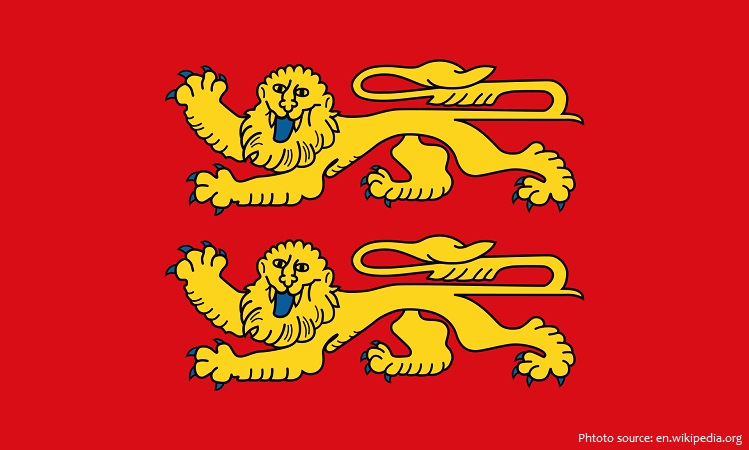
Normandy is a historic and cultural region of northern France.
It comprises mainland Normandy (part of France) and the Channel Islands (mostly British Crown dependencies).
Normandy is roughly similar to the historical Duchy of Normandy, which includes small areas now part of the departments of Mayenne and Sarthe.
Archaeological finds, such as cave paintings, prove that humans were present in the region in prehistoric times.
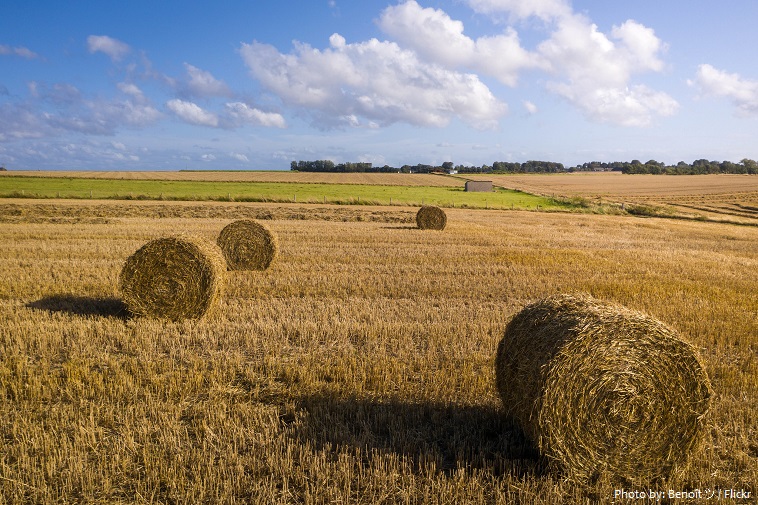
Celts (also known as Belgae and Gauls) invaded Normandy in successive waves from the 4th to the 3rd century BC.
When Julius Caesar invaded Gaul (58–50 BC), there were nine different Celtic tribes living in Normandy.
The Romanisation of Normandy was achieved by the usual methods: Roman roads and a policy of urbanisation.
After the fall of Rome in the 5th century, the Franks became the dominant ethnic group in the area, built several monasteries, and replaced the barbarism of the region with the civilization of the Carolingian Empire.
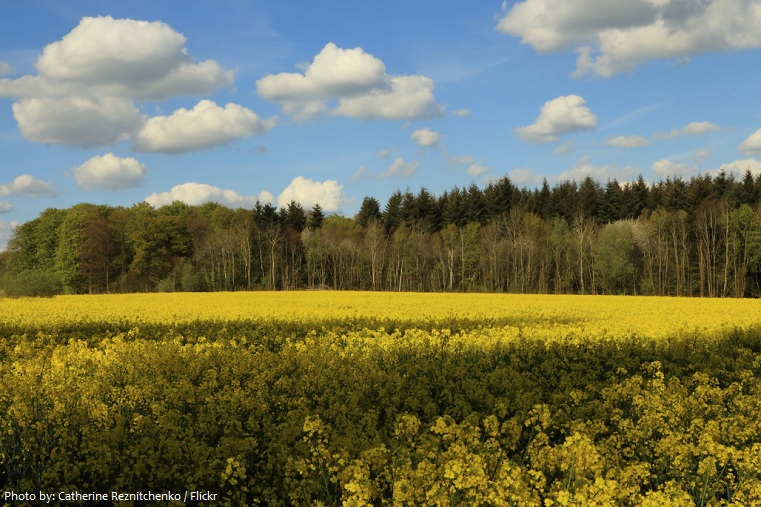
Towards the end of the 8th century, Viking raids devastated the region, prompting the establishment of the Duchy of Normandy in 911.
Normandy’s name comes from the settlement of the territory by Vikings (“Northmen”) starting in the 9th century, and confirmed by treaty in the 10th century between King Charles III of France and the Viking jarl Rollo.
For four hundred years following the Norman conquest of England in 1066, Normandy and England were linked by having the same person reign as both Duke of Normandy and King of England.
Mainland Normandy was integrated into the Kingdom of France in 1204.
The region was badly damaged during the Hundred Years War and the Wars of Religion, the Normans having more converts to Protestantism than other peoples of France.
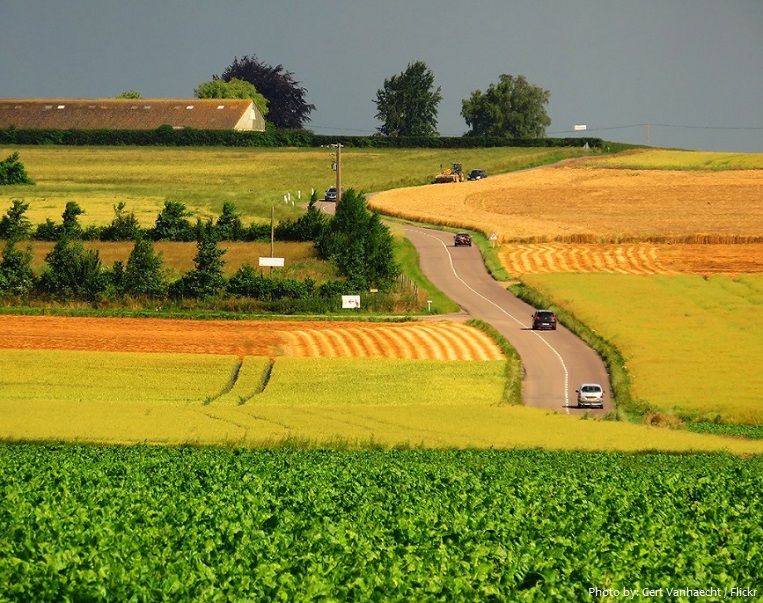
In the 20th century, D-Day, the 1944 Allied invasion of Western Europe, started in Normandy.
In 1956, mainland Normandy was separated into two regions, Lower Normandy and Upper Normandy, which were reunified in 2016.
Normandy also has many attractions.
An important medieval pilgrimage destination, Mont Saint-Michel is located in Normandy. Both the 11th- to 13th-century Abbey of Saint-Michel and the Bay of Saint-Michel are protected under this designation. Soaring more than 100 meters above the sea, the Abbey of Saint-Michel has a mythical quality. The awe-inspiring Gothic spires seem to reach towards heaven as the site beckons visitors to cross the foreboding Bay of Saint-Michel. Mont Saint-Michel is a UNESCO World Heritage Site.
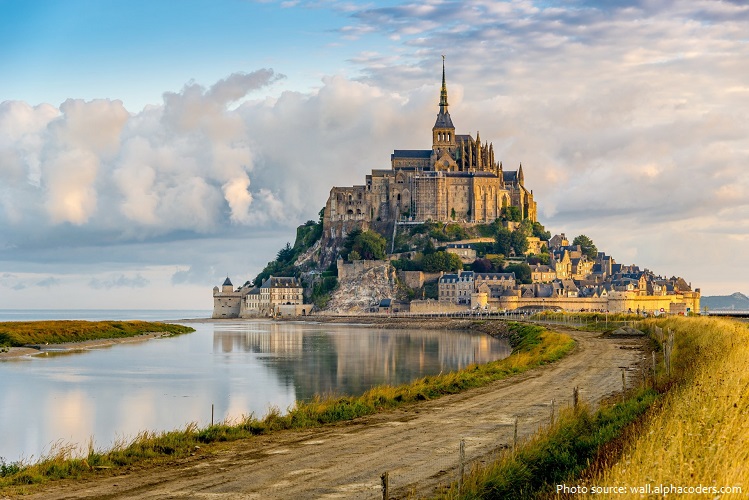
Rouen is the capital of the region of Normandy. The city was the seat of the Exchequer of Normandy during the Middle Ages. It was one of the capitals of the Anglo-Norman dynasties, which ruled both England and large parts of modern France from the 11th to the 15th centuries. From the 13th century onwards, the city experienced a remarkable economic boom, thanks in particular to the development of textile factories and river trade. Claimed by both the French and the English during the Hundred
Years’ War, it was on its soil that Joan of Arc was tried and burned alive on 30 May 1431. Severely damaged by the wave of bombing in 1944, it nevertheless regained its economic dynamism in the post-war period thanks to its industrial sites and its large seaport, which today is the fifth
largest in France.
With its picturesque old harbor on the Seine estuary, Honfleur is one of the most charming towns in Europe. About 25 kilometers away from Le Havre, the town has atmospheric cobblestone streets and many old half-timbered houses.
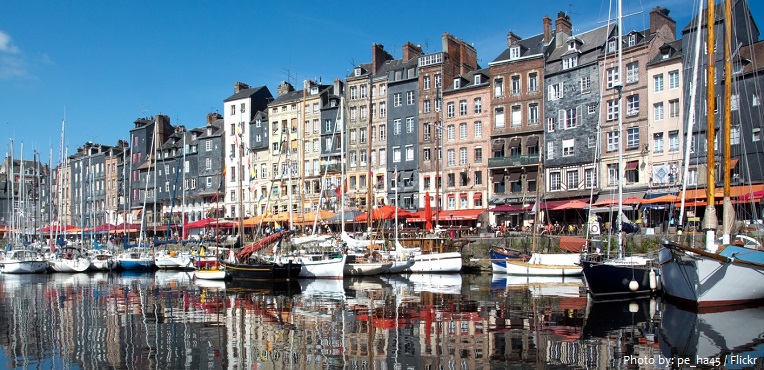
The town of Bayeux is best known for the Bayeux Tapestry, on display at the Bayeux Museum (13 bis Rue de Nesmond). An 11th-century masterpiece of medieval art, the Bayeux Tapestry is actually a work of embroidery, woven from wool yarn in 10 different shades. The 70-meter-long Bayeux Tapestry depicts the story of the conquest of England in 1066 by the Duke of Normandy (William the Conqueror), through the Battle of Hastings.
The Mémorial de Caen is a museum and war memorial in Caen, commemorating World War II and the Battle for Caen. More generally, the museum is dedicated to the history of the twentieth century, mainly
focused on the fragility of peace. Its intention is “pay a tribute to the martyred city of the liberation” but also to tell “what was the terrible story of the 20th century in a spirit of reconciliation”.
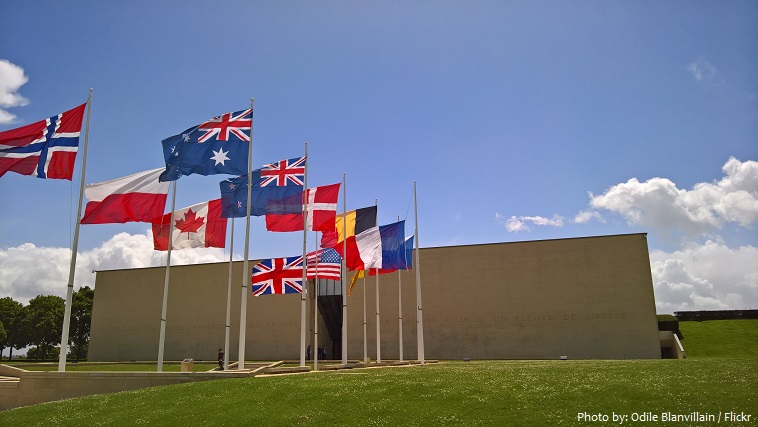
Much of Normandy still retains a rural character, comprising flat grasslands and farmlands interrupted by gentle hills and the hedges that commonly serve to demarcate fields.
Agriculture now employs few people but is highly diversified, ranging from the large cereal farms of the Vexin to the dairying and horse-rearing activities of the Pays d’Auge.
Population and economic activity are concentrated principally along the lower valley (dominated by Rouen and Le Havre) or in the larger urban centres such as Caen, Cherbourg, and Alençon.
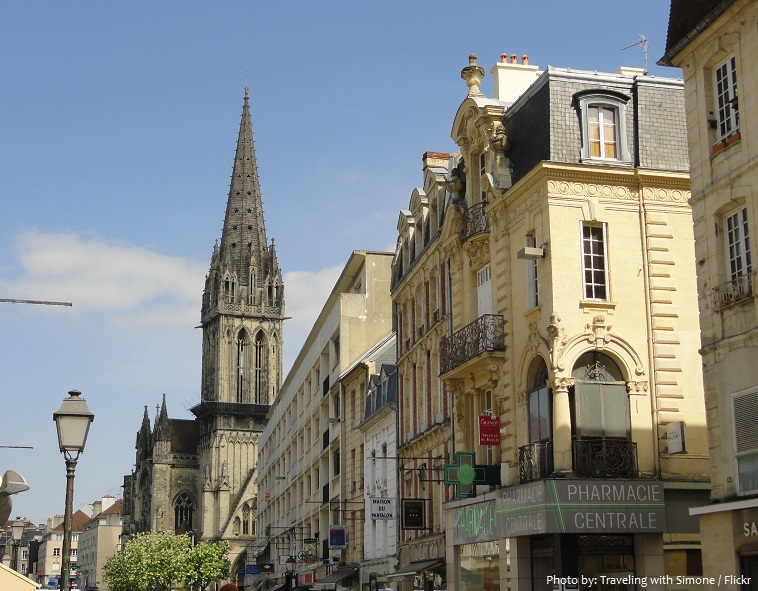
The region was once famous for its textile and metallurgical industries, but now the dominant activities include oil refining and petrochemicals (lower Seine valley) and a range of mechanical and electrical engineering industries including automobile manufacture. Rouen and Caen are the principal administrative and commercial centres.
It is also the chief oyster-cultivating, scallop-exporting, and mussel-raising region in France.
Normandy is a major cider-producing region (very little wine is produced). Perry is also produced, but in less significant quantities.
Apple brandy, of which the most famous variety is calvados, is also popular.